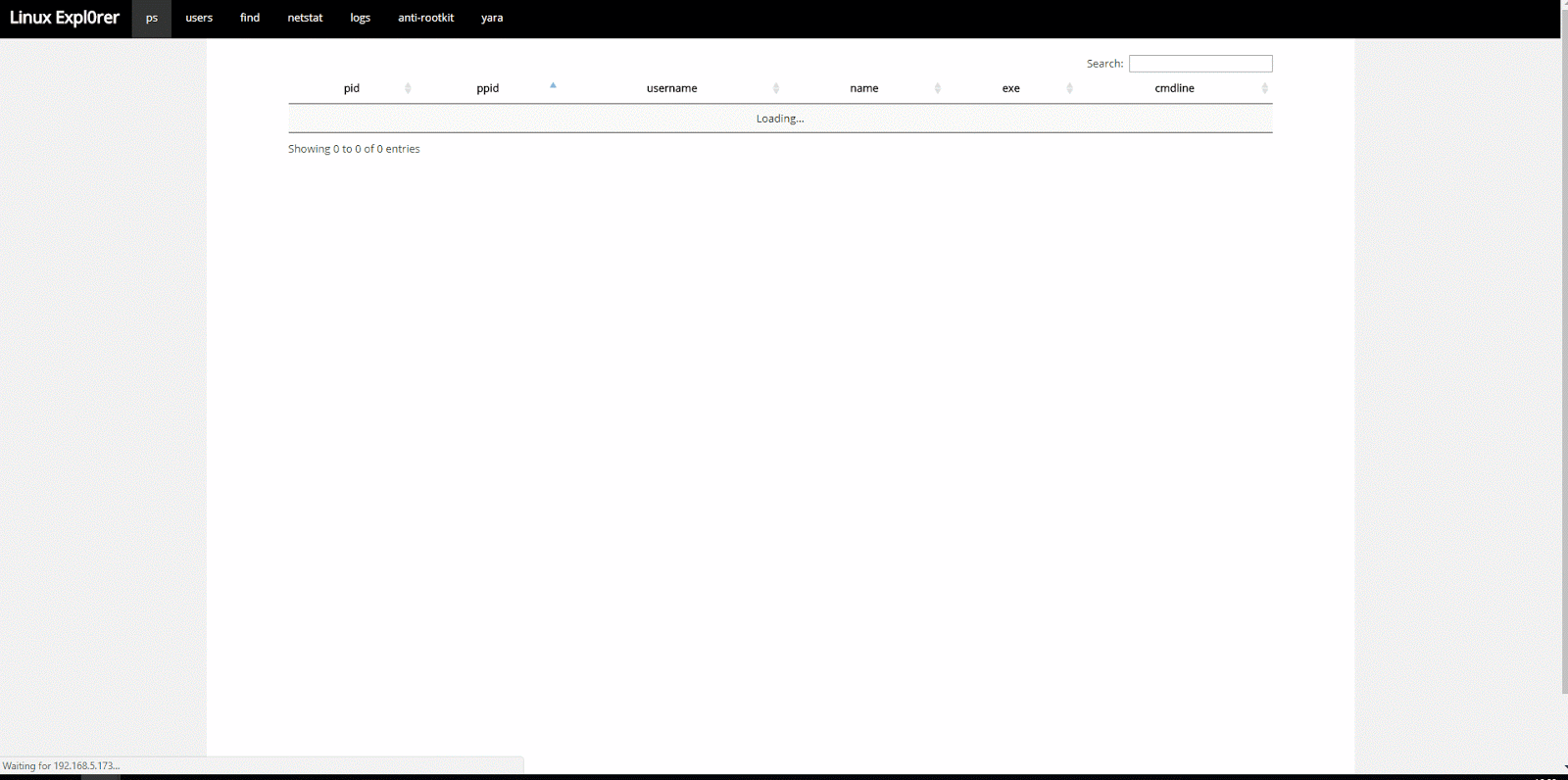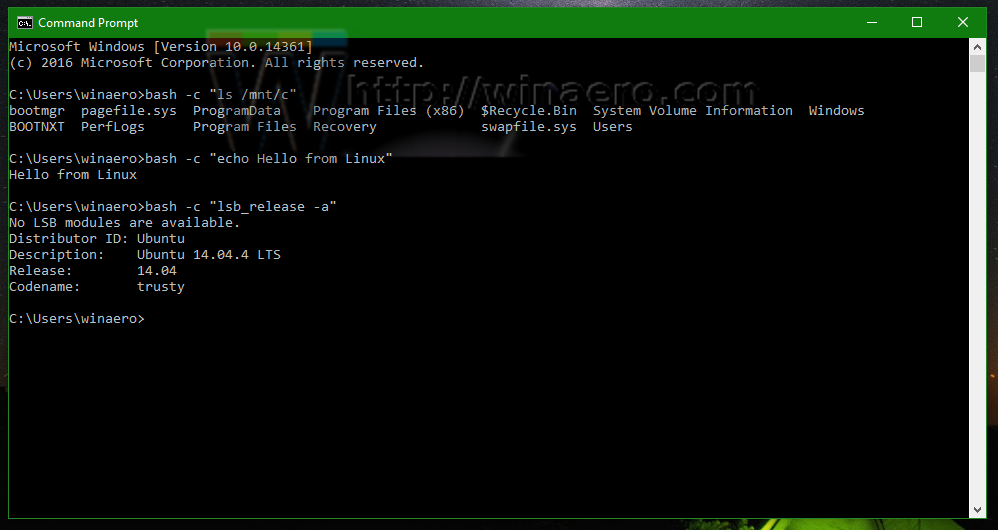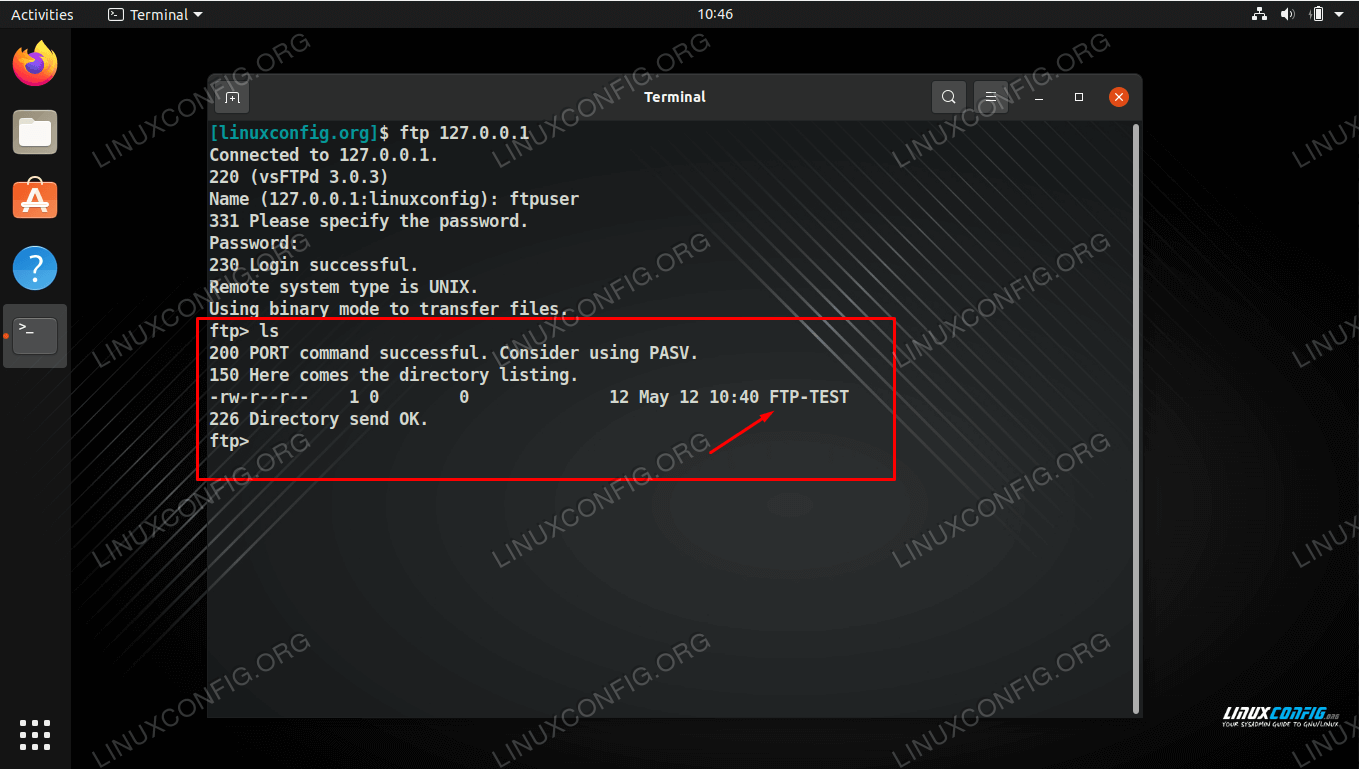Unbelievable Tips About How To Start Services In Linux

Using systemctl the systemctl command is a systemd daemon suite used to manage linux services and daemons represented by the last “d” in the.
How to start services in linux. Sudo systemctl enable minidlna.service on ubuntu before 15.10: Write for us. 340 on modern ubuntu systems (15.10 and above):
How to start/stop/restart services in ubuntu? To restart the apache service, run: How to start a service.
The systemd commands are utilized to start, stop, as well as restart services in ubuntu. The first is to use the systemctl service manager, which is often the recommended way to. 5 answers sorted by:
You can also view the status of a specific service at different run. Sudo systemctl stop apache2. So basically at this stage, you have selected the service you want to restart.so type the following command to restart the service.
The linux desktop is so easy. In this article, we learned four methods to start the postgresql server. Restarting your service:
$ sudo systemctl start <<strong>service</strong>> for example, to start the sshd service, type: It provides details like name, load,. How to create a systemd service in linux.
Older (eoled) versions of ubuntu or debian are using init.d scripts to start, stop and restart the apache daemon: Sudo systemctl start apache2 how to stop a service. It's easier than you think.
Linuxconfig is looking for a technical writer(s) geared towards gnu/linux and floss technologies. Ten years ago i couldn't make this claim, but developers and designers of most distributions. For instance, the command to start the apache service is:
Start services on boot with systemctl the systemctl utility has various commands for monitoring and controlling the state of systemd. Your articles will feature various. To start a systemd service on boot, all you have to do is the enable flag with the systemctl command in the following manner:
To start a service in linux manually, type in the following in the terminal: These two methods are systemd and init. Checking all & only running.









![4. Managing Services with systemd Linux Cookbook, 2nd Edition [Book]](https://www.oreilly.com/api/v2/epubs/9781492087151/files/assets/lcb2_0401.png)








